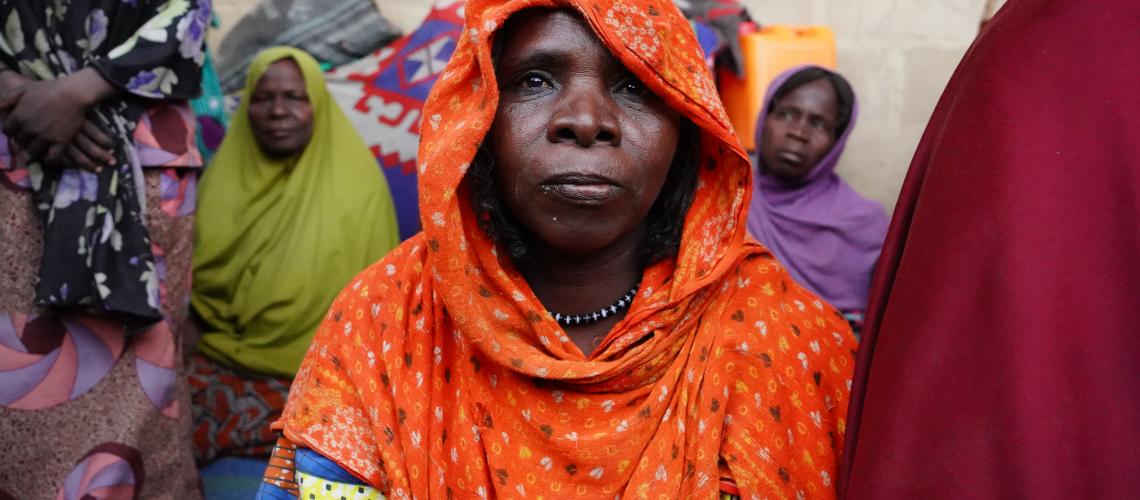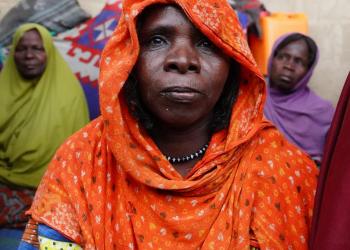
Western & Central Africa
With the largest population on the continent and a fast growing economy, Nigeria is exposed and vulnerable to a range of hydrometerological, biological and technological hazards. The development of the extractive sector, together with uncontrolled urbanization and rapid population growth, without the expansion of the necessary infrastructure to address them, further exacerbate exposure and vulnerability to these hazards. Flooding is the most prevalent hazard causing large displacement of population and destroying infrastructure. Additionally about half of the country’s land area is estimated to be subject to periodic drought. Extreme weather events and temperature extremes are expected to increase. At the other end of the climate spectrum, the low-lying coast off the Gulf of Guinea is especially vulnerable to rising sea levels.
In 2012, at the government request, the CADRI Partnership, in collaboration with the Swedish Civil Contingencies Agency (MSB), supported a capacity assessment in disaster risk reduction with a strong emphasis on emergency preparedness and response which was consolidated into an Emergency Preparedness and Response assessment (ERP).

 English
EnglishNigeria - Capacity Diagnosis Report
2 Jul 2012
